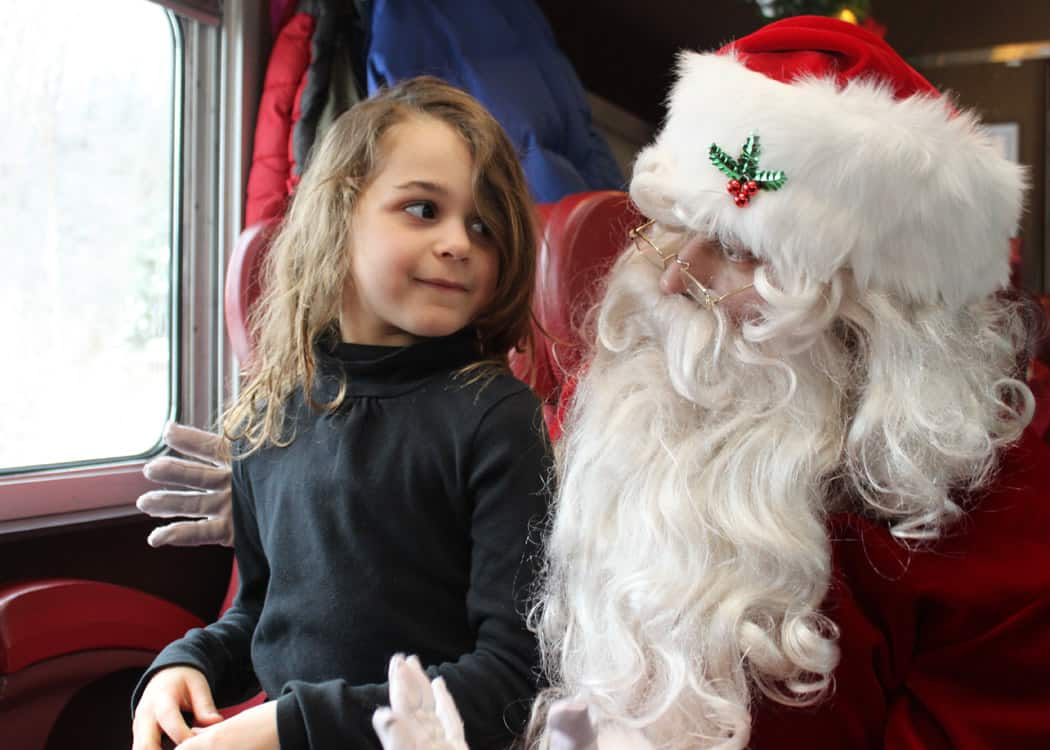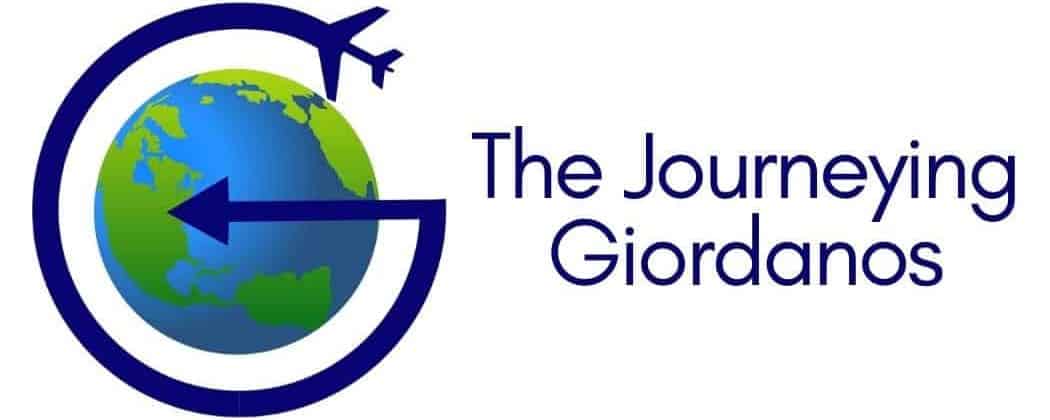25 Fun and Interesting Facts About Christmas in Canada
Fun and Interesting Facts About Christmas in Canada
Canadians have plenty of customs and traditions that they follow around Christmas time. From what kind of tree to buy to what makes up their holiday feast, Canadian traditions actually vary from one province to another. As such, we are willing to bet that there are more than a few of these fun and interesting facts about Christmas in Canada, that you had no idea about!
25 Fun and Interesting Facts About Christmas in Canada
As we mentioned, Christmas in Canada has many different customs and traditions, due in part to the country’s diverse population. And all these customs and traditions make for a fascinating list of fun facts!
1. Canada Has Been Celebrating Christmas Eve for a LONG Time
It is thought that the celebration of Christmas Eve in Canada arrived with European settlers in the early 1600s.
It was around this time when French colonists got together in a Québec church to celebrate midnight mass. They sang old Christmas songs from France like “Venez, mon Dieu” and “Chantons Noé,” while unveiling a nativity manger.
But prior to the arrival of the settlers, First Nations people also held winter ceremonies and festivals as a time for regeneration and introspection. These week-long festivals eventually came to be associated with the winter solstice.

2. Merry Christmas or Happy Holidays?
So how do you say Merry Christmas in Canada? Depending on what part of Canada you are in, Merry Christmas, Happy Holidays, Seasons Greetings, and Joyeux Noël are all popular choices.
3. Canadians Love Christmas Lights
Every December, homes in Labrador City, Labrador, hold a Christmas Light competition. Homeowners dress up the outside of their homes with Christmas lights and try to outdo each other with huge ice sculptures in their gardens.
Canadians also love going to Christmas light attractions. One of the most popular of these attractions is the Winter Festival of Lights in Niagara.
As Canada’s largest free outdoor light festival, you can expect to find incredible light sculpture displays with 3 million lights along the Niagara Parkway, from Queen Victoria Park through Dufferin Islands and across Niagara Falls.

4. How much does Canada spend on Christmas?
In 2021, the average Canadian household’s budget for Christmas was expected to average around $1,841. And although online shopping has grown in popularity, the majority of Canadians still plan to attend a physical store to do their Christmas shopping.
5. Poinsettias Are a Canadian Favourite
According to Statistics Canada, 5.9 million Poinsettias were grown in Canadian greenhouses in 2018. These gorgeous Christmas flowers come in a variety of colours and are used to brighten up and decorate homes, offices, and malls.

6. The Prime Minister Doesn’t Want Your Gifts
According to the Federal Accountability Act of 2006 (and not to mention a ton of security protocols), Canada’s PM and his family cannot accept monetary presents, gift cards or perishable items such as Christmas cookies or cakes. So if you were planning to send the Prime Minister a little holiday cheer, you are out of luck!
🎄 Interesting Facts About Christmas in Canada – Related to Christmas Trees
7. A German First Introduced Christmas Trees to Canada
Canada was first introduced to the Christmas tree in 1781 by a German immigrant named Baron Friederick von Riedesel.

8. Canada Grows a Lot of Christmas Trees
Did you know that Canada is home to approximately 2,381 Christmas tree farms? The majority of these can be found in Ontario, with 647 farms.
Christmas tree farms in Quebec are, on average, the largest in Canada, at approximately 55 acres in size. This is followed closely by Nova Scotia with an average size of 52 acres per farm.
9. Canada Exports Christmas Trees to Over 25 Countries
Every year, between 3 and 6 million Christmas trees are produced in Canada, with 1.9 million of those coming from Quebec. Of those trees, approximately 2.2 million are shipped to countries all over the world including France, Jamaica, Panama, the Philippines, Singapore, and Thailand.

10. Nova Scotians Donate a Tree to Boston Every Year
The Eastern Canadian province of Nova Scotia is famous nationwide for its magnificent fir and pine Christmas Trees. Every year, Nova Scotia selects the biggest and best fir tree and sends it to Boston, Massachusetts.
This tradition is carried out a an annual thank you, in remembrance of Boston’s assistance to Canada during the 1917 Halifax Explosion.

🎅🏻 Fun Facts About Christmas in Canada – Related to Santa Claus
11. Toronto’s Santa Claus Parade is One of the Oldest in the World
Having started back in 1905, Toronto’s Santa Claus parade holds the record as the longest-standing children’s parade in the world. With approximately 1,800 people taking part in the parade, over 25 animated floats, and about 500,000 people lining the parade route annually, it is definitely one of Toronto’s most popular Christmas traditions.

12. What is Santa Like in Canada?
In Canada, people identify Santa Claus as the jolly old elf wearing a red coat and driving a sleigh pulled by reindeer. Known to kids as Santa Claus, St. Nick, or even Kris Kringle, he delivers presents on Christmas Eve to everyone who has made his nice list.
13. Santa Has His Own Postal Code in Canada
Every kid growing up in Canada knows that they can write a letter to Santa and actually get a response. This is because Canada Post has a Santa letter program where kids can write to Saint Nick at the address: Santa Claus, North Pole, HOH OHO, Canada.
How does this program work? Since 1982, Santa’s Post Office has employed mailroom elves from Canada.
With Santa receiving more than 20 million letters from children around the world annually, he needs a little help with his mail. So every year, Canada Post volunteers donate over 200,000 hours of their time to help Santa respond to every letter that arrives on his doorstep.

14. Santa is a Canadian Citizen
Did you know that back in 2010, Jason Kenney, the Canadian Minister of Citizenship, Immigration and Multiculturalism, first announced that Santa Claus was a Canadian Citizen?
Then in 2013, Santa Claus and Mrs. Claus were issued Canadian Passports at a special ceremony in Toronto, just to make sure there would be no complications for them when re-entering Canada.
🎥 Interesting Facts About Christmas in Canada – Related to Movies, Music and Entertainment
15. A Christmas Story Has Canadian Roots
Christmas joust wouldn’t be the same without watching A Christmas Story! From the garish leg lamp to Ralphie almost shooting his eye out, and Flick’s tongue mishap, this iconic movie has become a holiday tradition in many Canadian households.
And while the story is set in a fictional town called Hohman, Indiana, a substantial part of the movie was filmed in Canada. Ralphie’s school, the Chinese restaurant where his family eats Christmas dinner, the famous swearing scene, the old TTC Red Rocket, as well as many of the exterior segments, were actually all shot in Toronto.

16. Rudolph Was Canadian
If you were born in Canada after 1964, one of your Christmas traditions probably involved an annual viewing of the holiday special, Rudolph the Red-Nosed Reindeer. Although the beloved Christmas movie was produced by an American production company, did you know that there is a Canadian connection?
All the characters’ voices (with the exception of Sam the Snowman) were performed by Canadian actors, singers and voiceover artists at the RCA Victor Studios in Toronto.
17. The Nutcracker Ballet is Famous Nationwide
Since 1995, the National Ballet of Canada’s The Nutcracker has been entertaining audiences nationwide. In fact, over one million people have watched the annual performance since its premiere.
And if you are dreaming of Sugar Plum fairies, mice and soldiers dancing through your holiday season, it may interest you to know that as of 2018, an incredible 7,410 pairs of pointe shoes have been used by The Nutcracker‘s ballerinas.

18. Michael Buble’s Christmas Album is a Record Holder
In 2011, Canadian singer Michael Bublé made it to number 2 on the US charts for his Christmas album, having sold 2,452,000 copies. Considering the album was only released in November, means he sold more albums in the short time leading up to Christmas than most artists sold in the entire year.
🍗 Fun Facts About Christmas in Canada – Related to Holiday Food
19. Canadians Love Eggnog
According to Statistics Canada, more than 5.9-million litres of eggnog were sold in Canada in December 2018. And while eggnog isn’t everyone’s idea of a delicious holiday treat, it’s obvious that many Canadians do enjoy it.
Today, you can find eggnog in Canadian grocery stores usually starting in November. Not only can you find dairy-free and vegan versions, but now eggnog also comes in a variety of flavours (like candy cane).

20. Canadians Really Love Turkey
While roast beef, ham and goose are still on the menu in many households, today most English-speaking Canadians tend to follow the American tradition of serving roast turkey on Christmas Day.
According to Turkey Farmers of Canada, Canadians purchased an astounding 2.9-million whole turkeys for Christmas 2020. That translates to approximately 41 percent of all turkeys sold that year.
21. Finding a Bean Makes You a Queen?
While many Canadians wind down the Christmas celebrations on Boxing Day, in Quebec, celebrations continue until the Ephiphany. This is when Quebecers take part in the French tradition of La Fête des Rois, or “the Feast of the Kings”.
During the Feast of Kings, it is tradition to bake a cake with a bean inside. Whoever finds the bean, becomes King or Queen of the feast!
22. Midnight Mass is an Important Tradition in Quebec
Attending midnight mass is customary among French-speaking Canadians. But how does this relate to food?
One of the biggest Christmas traditions in Quebec is to have a feast AFTER attending Midnight Mass on Christmas Eve. Ragoût de pattes de cochon, or pig’s foot stew, served with pickled beets on the side, or Tourtière, a meat pie, are parts of a traditional Christmas meal in many Quebec households.

23. Mummering is a 300-Year-Old Tradition
Mummering in Newfoundland and Labrador describes the Christmastime tradition of going door to door throughout an evening while dressed in disguise. Once the hosts guess who the mummers are, they take off their masks and are given food, drinks or treats.
Considered one of Newfoundland and Labrador’s most unique and colourful traditions, adults and kids alike take part in mummering. Today, the mummering tradition has inspired festivals, events, parades and even special mummer-themed Christmas ornaments!
24. Cookie Exchanges Are a Popular Tradition Among Canadians
Cookie exchanges are very popular in Canada around Christmas. Each member of the cookie exchange bakes one type of cookie but makes enough for everyone taking part.
Cookies are then exchanged within the group, with each person leaving with a selection of cookies. It’s a great way to get a variety of specialty cookies, but you only have to bake one kind!

25. Chicken Bones Are a Popular East Coast Christmas Treat
Ok, so they are not REAL chicken bones! Instead, Barley Candy and Chicken Bones are sweets eaten at Christmas by East Coast Canadians.
Barley Candy is usually on a stick and is shaped like a Christmas Tree, Santa Claus, snowmen, a reindeer, or something Christmassy. Chicken Bones are cylindric-shaped candies that are pink in colour, and have a chocolate center. Both these types of sweets can be found in stores throughout the East Coast during Christmastime.
Final Thoughts on Interesting Facts About Christmas in Canada
Christmas is the most wonderful time of the year in Canada. And with so many different cultural influences on our holiday traditions, we sometimes forget how they got started. We hope that you have picked up a little bit of trivia while reading through the fun and interesting facts about Christmas in Canada.
Pin This Post for Later!

